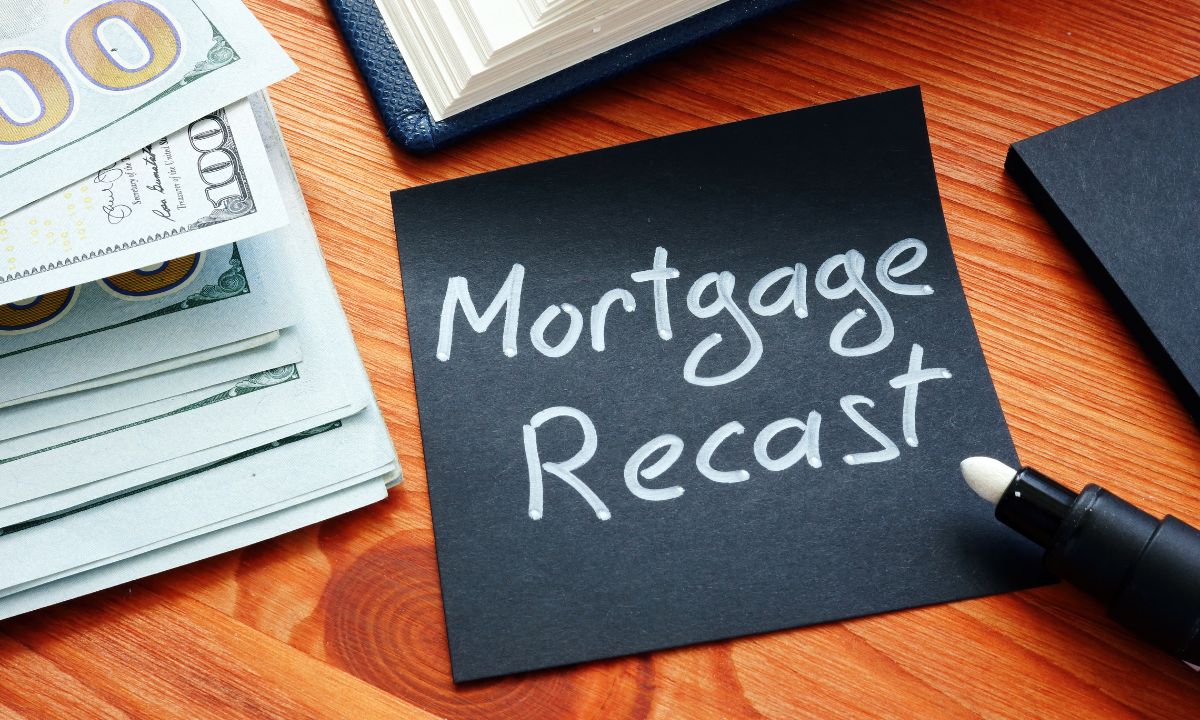How to Transition from Renting to Homeownership
 Transitioning from renting to homeownership is an exciting and significant milestone in anyone’s life. This journey, while thrilling, can also be filled with questions and uncertainties. I am here to guide you through this process, ensuring a smooth and successful transition working with your real estate agent. We will discuss the steps you need to take to move from being a renter to a proud homeowner.
Transitioning from renting to homeownership is an exciting and significant milestone in anyone’s life. This journey, while thrilling, can also be filled with questions and uncertainties. I am here to guide you through this process, ensuring a smooth and successful transition working with your real estate agent. We will discuss the steps you need to take to move from being a renter to a proud homeowner.
Assess Your Financial Readiness
First and foremost, evaluate your financial situation. Owning a home involves more than just a monthly mortgage payment. You’ll need to consider property taxes, homeowners insurance, maintenance costs, and potential homeowners association (HOA) fees.
Begin by:
- Reviewing your credit score and history.
- Saving for a down payment.
- Establishing a budget that includes all potential homeownership costs.
Get Pre-Approved for a Mortgage
Next, obtaining a mortgage pre-approval is crucial. This not only helps you understand how much home you can afford but also makes you a more attractive buyer to sellers.
To do this:
- Gather your financial documents (income statements, tax returns, bank statements).
- Shop around for mortgage lenders to find the best rates and terms.
- Submit your application and await your pre-approval letter.
Determine Your Needs and Wants
Before you start house hunting, it’s essential to define what you need and want in a home. Consider factors such as location, size, layout, and amenities.
Think about:
- Proximity to work, schools, and amenities.
- The number of bedrooms and bathrooms.
- Whether you prefer a new or older home.
Start the House Hunt
Now comes the exciting part—searching for your new home. Your real estate agent can provide you with listings that match your criteria, schedule viewings, and offer insights into the local market.
While searching:
- Be patient and keep an open mind.
- Attend open houses and private showings.
- Take notes and photos to compare properties.
Make an Offer
Once you’ve found a home that fits your needs and budget, it’s time to make an offer. Your real estate agent will help you craft a competitive offer that aligns with the market conditions and your budget.
When making an offer:
- Consider contingencies such as inspections and financing.
- Be prepared for negotiations.
- Stay within your budget.
Navigate the Closing Process
After your offer is accepted, you’ll enter the closing process. This involves several steps, including home inspections, appraisals, and finalizing your mortgage.
During closing:
- Schedule and attend the home inspection.
- Review and sign all necessary documents.
- Complete a final walkthrough of the property.
Move In and Enjoy
Finally, once all the paperwork is signed and the keys are in your hand, it’s time to move in and enjoy your new home! This is the moment you’ve been working towards, so take the time to settle in and make the space your own.
Tips for moving in:
- Hire professional movers or enlist the help of friends and family.
- Unpack and organize room by room.
- Introduce yourself to your new neighbors and community.
Transitioning from renting to homeownership is a rewarding journey that requires careful planning and guidance. By following these steps and working with a dedicated real estate agent, you can confidently make the move and start enjoying the benefits of owning your own home.

 The dream of owning a home can seem out of reach for many. However, various affordable housing initiatives are making homeownership more accessible. I want to share some strategies and programs designed to help you achieve your dream of owning a home.
The dream of owning a home can seem out of reach for many. However, various affordable housing initiatives are making homeownership more accessible. I want to share some strategies and programs designed to help you achieve your dream of owning a home. With various regulations and guidelines to follow, it’s crucial to understand the role of the U.S. Department of Housing and Urban Development (HUD) in this landscape. HUD plays a vital role in regulating mortgage lending practices to ensure fair and equitable access to housing. In this blog post, we’ll delve into the functions of HUD and how they impact mortgage lending practices.
With various regulations and guidelines to follow, it’s crucial to understand the role of the U.S. Department of Housing and Urban Development (HUD) in this landscape. HUD plays a vital role in regulating mortgage lending practices to ensure fair and equitable access to housing. In this blog post, we’ll delve into the functions of HUD and how they impact mortgage lending practices. When it comes to managing your mortgage, you might have heard of refinancing as a popular option to reduce monthly payments or pay off your loan faster. However, there’s another lesser-known strategy called mortgage recasting. Let’s dive into what mortgage recasting is, how it works when it makes sense to consider it, and when you might want to avoid it.
When it comes to managing your mortgage, you might have heard of refinancing as a popular option to reduce monthly payments or pay off your loan faster. However, there’s another lesser-known strategy called mortgage recasting. Let’s dive into what mortgage recasting is, how it works when it makes sense to consider it, and when you might want to avoid it. With rapid technological advancements and shifting societal norms, millennials find themselves facing a unique set of challenges and opportunities when it comes to securing a mortgage. The journey toward homeownership for this generation is a multifaceted one, influenced by factors ranging from soaring student loan debt to evolving housing preferences.
With rapid technological advancements and shifting societal norms, millennials find themselves facing a unique set of challenges and opportunities when it comes to securing a mortgage. The journey toward homeownership for this generation is a multifaceted one, influenced by factors ranging from soaring student loan debt to evolving housing preferences.